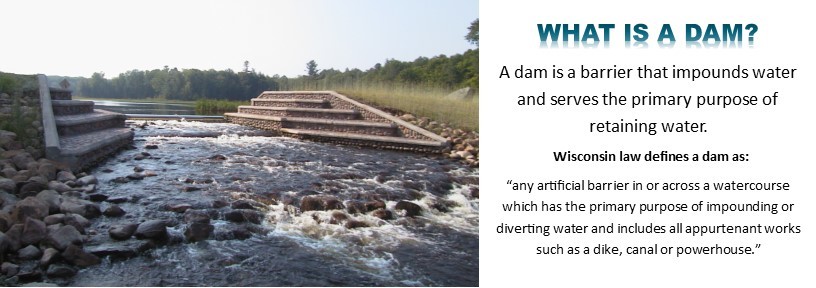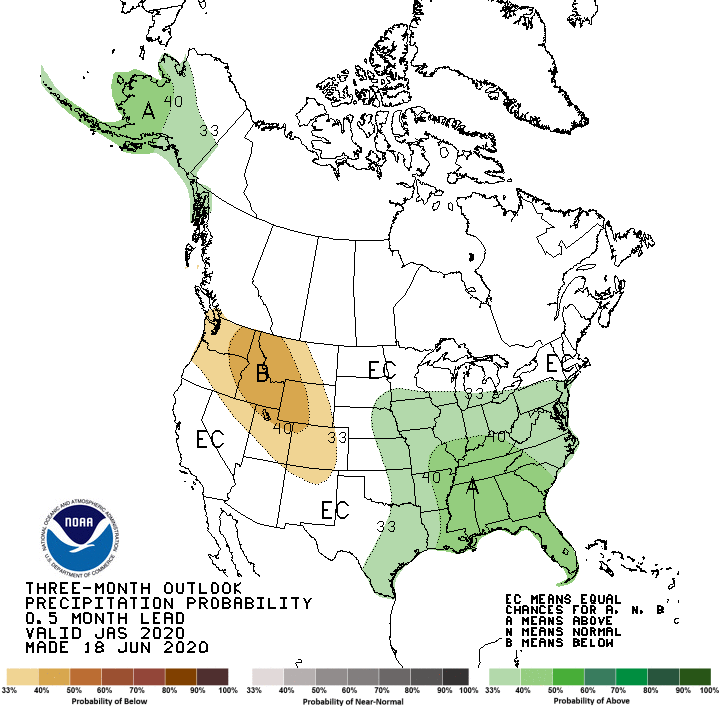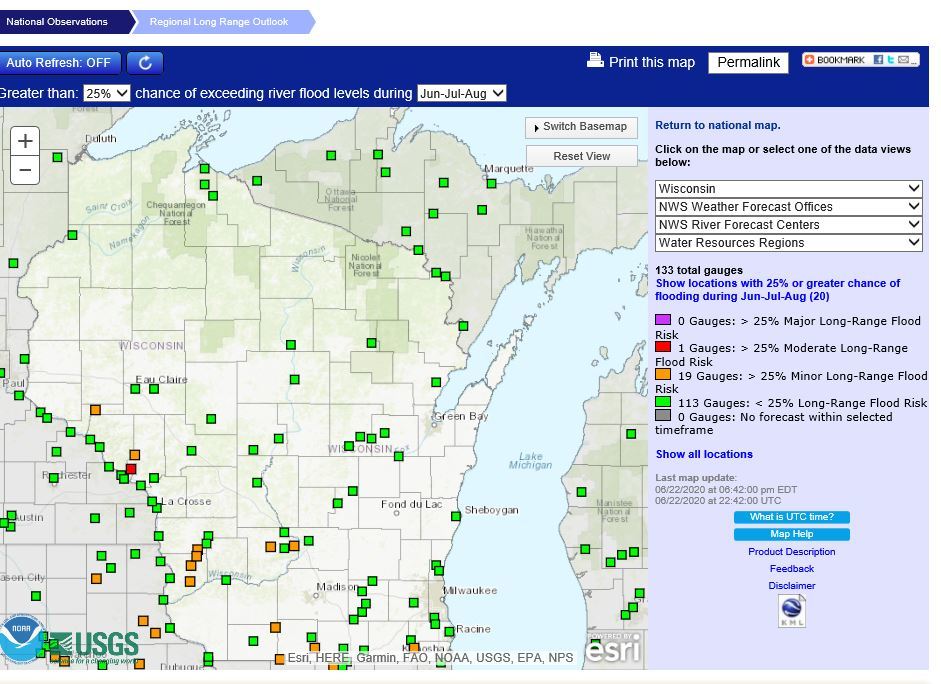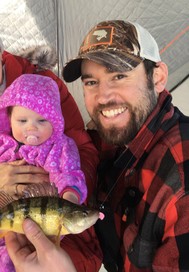|
June 2020

Now that summer has (unofficially) started, it’s time to shift from spring cleaning at your dam to summer maintenance. If your dam has earthen embankments, thorough mowing is an extremely important component of the summer maintenance routine at your dam.
Below, find an example of an unmaintained embankment on the left and a well-maintained embankment on the right.
Read more about Precipitation Forecasts, Rainfall intensity and Great Lakes Water Levels
 
For more information:
Local Forecast - weather.gov
Long-Range Outlooks - cpc.ncep.noaa.gov
River Forecasts - water.weather.gov/aphs/forecasts.php
Weather & Climate Data - ncei.noaa.gov
It is rather common for DNR Dam Safety staff to receive phone calls from dam owners who are concerned about beaver activity at their dams. Owners want to know the impacts beavers might have on their dams and what can be done to manage the issue. DNR also receives phone calls from landowners where beaver have created dams on their property, where a man-made dam didn’t previously exist.
Read more about mitigation strategies for beaver control

The DNR Dam Safety/Floodplain Management Program is pleased to announce that four regional water management engineers (WMEs) joined our team this spring! They will be based out of these DNR service centers:
Mike Stone - Fitchburg
Forrest Van Asten - Rhinelander
Megan Duffy – La Crosse
Hanna Johnson - Wisconsin Rapids
Regional WMEs are your local contacts for technical questions on dams and floodplain studies. These staff also assist with floodplain management. A complete list of the WMEs by county, including telephone numbers, email addresses and mailing addresses is available on the Dam Safety web page.
Read more about our new engineers!

Mike Stone, Water Management Engineer, Fitchburg, WI
|

Forrest Van Asten, Water Management Engineer, Rhinelander, WI
|

Megan Duffy, Water Management Engineer, La Crosse, WI
|

Hanna Johnson, Water Management Engineer, Wisconsin Rapids, WI
|
|